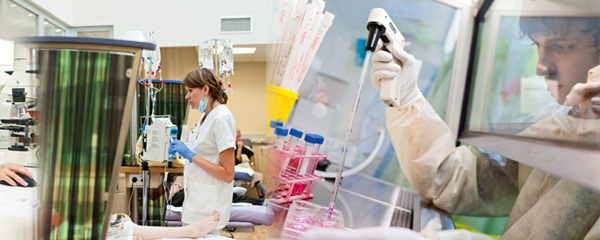The Thematic Advanced Research Networks (RTRA) and the Thematic Research and Healthcare Networks (RTRS) were created by the law officialising the research program of 2006. Their aim is to gather, for a given theme, communities of excellence with a critical mass of the best researchers around a hard core of research units within close geographic proximity, capable of competing with the best research centres in the world.
The RTRA and RTRS federate around a common scientific objective and shared strategy higher education and public and private research institutions to bring together researchers, teacher-researchers, full-time clinicians and, if possible, companies.
Both the RTRS and the RTRA function in conformity with the status of Scientific Cooperation Foundation (FCS) following the signature of a convention of objectives with the Ministry of Research and Higher Education.
A status was drafted specifically for the Scientific Cooperation Foundations (FCS) to give their structures the flexibility and reactivity necessary in a context of international competition. Recognised as being in the public interest, these foundations can call on private sponsors.
In addition, the RTRS include a component relating to "healthcare" and bring together scientific and medical teams of the highest level to develop projects demanding closer collaboration between fundamental and clinical research, and innovative healthcare methods in specific domains.
The themes selected range from transplants to mental health, and include cancer and prematurity.
The RTRA cover all the main thematic fields of research: mathematics, physics, chemistry, engineering sciences, information and communication sciences, life sciences, economics, the humanities and social sciences.
Get more info

